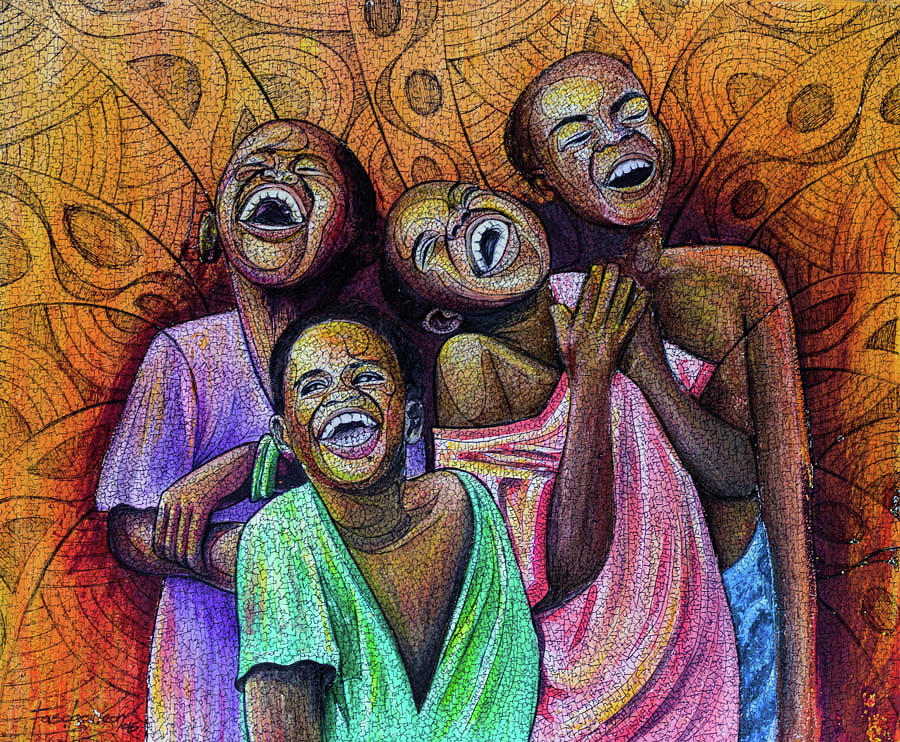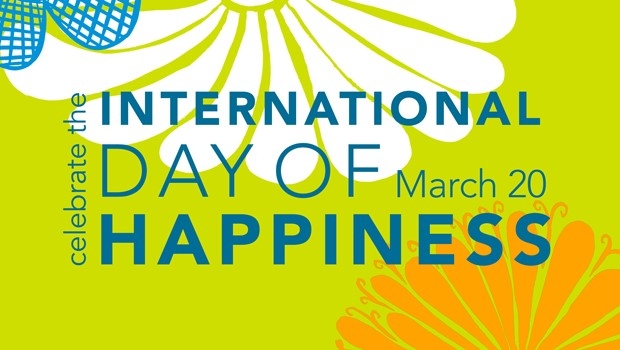By Rania Tsoli,
Happiness: you chase it for a long time, expecting to capture it even for a fraction of a second, but it always comes at your door when you least expect it; that is how it works. To be happy is almost everyone’s purpose and goal in life – to be able to leave this world and dive into the unknown, with a smile on the lips and joyful memories carved in the heart. Hoping to find happiness is one of the strongest forces humans can feel, and celebrating it is always a good idea. If you like the sound of cherishing the things that bring you joy, today, March 20th, is the day for you; it is the International Day of Happiness, and a good day to be happy.
The United Nations International Day of Happiness is a campaign coordinated by Action for Happiness, a non-profit movement of people from 160 countries, supported by a partnership of like-minded organizations. Happiness was declared a “fundamental human objective” by the United Nations General Assembly in 2011, and called for “a more inclusive, equitable and balanced approach to economic growth that promotes the happiness and well-being of all people”. The first-ever UN conference on happiness was held in 2012, and the UN General Assembly passed a resolution, declaring March 20th as the International Day of Happiness.
A year later, on March 20th, 2013, the International Day of Happiness was celebrated for the first time, paving the way for the day as we now know it, and aiming for a deeper understanding and respect when it comes to the notion of happiness. Founded in the modern era, ways to celebrate the day include social media interactions, like hashtags: The #HappyActs, for example, promotes sharing small actions of kindness that can make someone’s day a little brighter. With that, let us take a proper peek behind the International Day of Happiness, and see what being happy actually means.

It might not be well-established that happiness is not one-sided, but exists as a spectrum instead. There are many angles to the concept of being happy, and one of them is biological and neurochemical; besides a feeling and a way of being, joy is also the result of a number of chemical reactions that happen in the brain. Those reactions produce hormones and other chemical substances which, when put together, create the more “scientific” side of what we know as happiness. The main substances responsible for this positive state of mind are dopamine, oxytocin, serotonin, adrenaline, and endorphins.
Dopamine, also known as “the pleasure chemical”, is a neurotransmitter responsible for reward-driven behavior and pleasure-seeking. Oxytocin, or “the love hormone”, is directly linked to human bonding and increasing trust and loyalty via relationships; it is considered to be the main “ingredient” of falling in love. Serotonin, a natural mood stabilizer, is a neurotransmitter responsible for many things. One of its main results in boosting one’s self-esteem, increasing feelings of worthiness, and creating a sense of belonging, as well as helping us feel calmer. Adrenaline or epinephrine creates a surge of energy, increases heart rate, and can make you feel very alive – a true antidote for boredom and stagnation. Last but not least, endorphins are the so-called “feel-good chemicals”, produced during strenuous physical activity and sexual intercourse.
Looking at happiness from a psychological point of view, being happy can be defined as a state of emotional well-being that a person experiences, either in a narrow sense, when good things happen in a specific moment, or more broadly, as a positive evaluation of one’s life and accomplishments overall. Happiness can be distinguished both from negative emotions, such as sadness, fear, and anger, but also from other positive emotions, like affection, excitement, and interest. When most people speak about happiness, they may be referring to how they are feeling right now or to a larger sense of how they are feeling about life in general. Happiness tends to be a broadly defined term: that is why psychologists and other social scientists typically use the term “subjective well-being” when they talk about this emotional state. The term tends to focus on an individual’s overall personal feelings about their life in the present.

On a more philosophical level, one of the most popular theories about happiness comes from the ancient Greek philosopher Aristotle, who made a distinction between two different types of happiness, the first of which is known as hedonia (ἡδονή). Hedonic happiness is derived from pleasure. It is most often associated with doing what feels good; things like self-care, fulfilling desires, experiencing enjoyment, and feeling a sense of satisfaction, both during and after any activity that promotes any type of pleasure.
The second kind of happiness that Aristotle talked about is called eudaimonia (εὐδαιμονία). This type of happiness is derived from seeking virtue and meaning in our day-to-day lives. Feeling that your life has significance, value, and purpose are important components of eudaimonic well-being. It is more closely related to carrying out obligations, investing in long-term objectives, caring for the well-being of others, and living up to one’s own standards. Hedonia and eudaimonia are more commonly known today amongst psychologists as pleasure and meaning, respectively. More recently, the world of psychology has suggested the addition of a third component: the type of happiness that is known as engagement, which includes the feelings of commitment and participation in different areas of life.
Finding happiness in life is, without a doubt, one of the most important goals anyone can have. However, it is in no way a two-dimensional notion, but a spectrum with many ends; there are different ways to find joy, and various angles to look at it from. It is often necessary to chase happiness and claim it, but sometimes we just have to accept the fact that certain moments are not meant to be happy; you will find that joy will only come to you when you are not looking for it in any way. It is okay to take a step back and enjoy what you currently have, instead of continuously going after happiness, just like it is certainly okay not to be okay. There are no rules to emotions; you do not need to have a joyful attitude all the time. Instead, you can try to accept what you truly feel, and go after what you truly want whenever you are ready, without forcing situations, people, or feelings – and that is when you finally find happiness, and happiness finds you.
References
- International Day of Happiness, dayofhappiness.net, Available here
- The International Day of Happiness, livehappy.com, Available here
- The Neurochemicals of Happiness: Seven brain molecules that make you feel great, psychologytoday.com, Available here
- The Biology (and Chemistry) of Happiness, thehappinessindex.com, Available here
- What Is Happiness?, verywellmind.com, Available here
- Happiness, britannica.com, Available here




